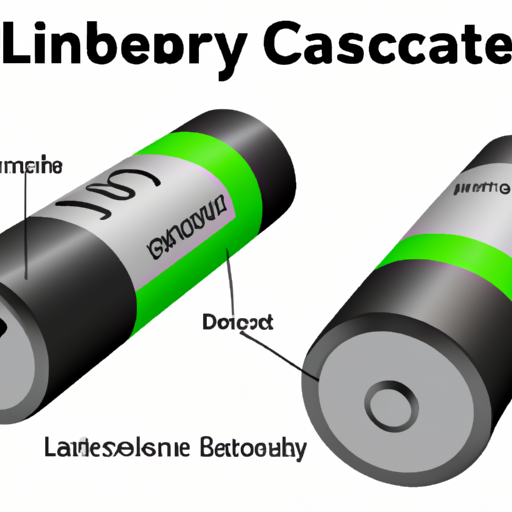Core Functional Technology of Non-Rechargeable (Primary) Batteries
Non-rechargeable batteries, or primary batteries, are engineered for single-use applications, converting chemical energy into electrical energy through electrochemical reactions. Below are the core technologies and features that define their functionality:
| 1. Chemistry Types | |
| 1. Consumer Electronics | |
| 2. Medical Devices | |
| 3. Emergency and Safety Equipment | |
| 4. Industrial Applications | |
| 5. Outdoor and Recreational Gear | |

2. Energy Density: Non-rechargeable batteries generally exhibit higher energy density than their rechargeable counterparts. This characteristic makes them suitable for devices that require long-lasting power without frequent replacements.
3. Shelf Life: Many primary batteries boast a long shelf life, often exceeding 5-10 years. This feature is particularly advantageous for emergency devices and applications where long-term storage is essential.
4. Temperature Performance: Certain primary batteries, especially lithium-based ones, maintain performance in extreme temperatures, making them suitable for outdoor and industrial applications.
5. Safety Features: Modern primary batteries are designed with safety mechanisms to prevent leakage, rupture, and other hazards, ensuring safe usage across various applications.
Application Development Cases
Conclusion
Non-rechargeable (primary) batteries are integral to a wide array of applications, from consumer electronics to medical devices and emergency equipment. Their core technologies, including diverse chemical compositions and safety features, make them suitable for various uses. As technology progresses, the development of more efficient and environmentally friendly primary batteries continues to evolve, ensuring their ongoing relevance and utility in the market.
Core Functional Technology of Non-Rechargeable (Primary) Batteries
Non-rechargeable batteries, or primary batteries, are engineered for single-use applications, converting chemical energy into electrical energy through electrochemical reactions. Below are the core technologies and features that define their functionality:
| 1. Chemistry Types | |
| 1. Consumer Electronics | |
| 2. Medical Devices | |
| 3. Emergency and Safety Equipment | |
| 4. Industrial Applications | |
| 5. Outdoor and Recreational Gear | |

2. Energy Density: Non-rechargeable batteries generally exhibit higher energy density than their rechargeable counterparts. This characteristic makes them suitable for devices that require long-lasting power without frequent replacements.
3. Shelf Life: Many primary batteries boast a long shelf life, often exceeding 5-10 years. This feature is particularly advantageous for emergency devices and applications where long-term storage is essential.
4. Temperature Performance: Certain primary batteries, especially lithium-based ones, maintain performance in extreme temperatures, making them suitable for outdoor and industrial applications.
5. Safety Features: Modern primary batteries are designed with safety mechanisms to prevent leakage, rupture, and other hazards, ensuring safe usage across various applications.
Application Development Cases
Conclusion
Non-rechargeable (primary) batteries are integral to a wide array of applications, from consumer electronics to medical devices and emergency equipment. Their core technologies, including diverse chemical compositions and safety features, make them suitable for various uses. As technology progresses, the development of more efficient and environmentally friendly primary batteries continues to evolve, ensuring their ongoing relevance and utility in the market.













